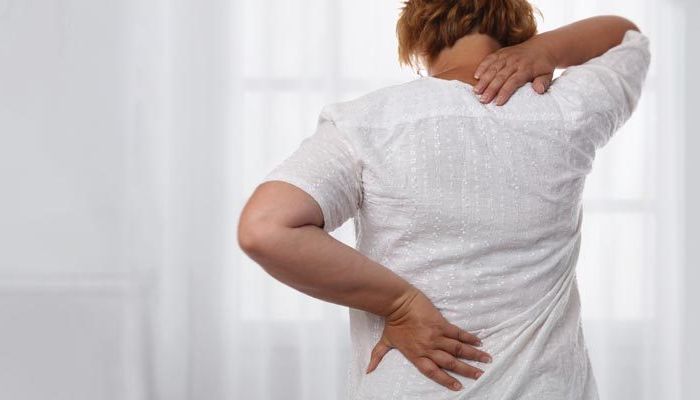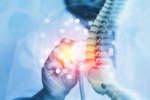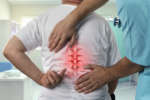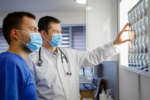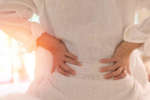This June, we’re promoting scoliosis education through National Scoliosis Month. Together with the Scoliosis Research Society, our goal is to teach our patients about this fairly common spinal deformity, discuss early diagnosis and screening, as well as educate on proper treatment. Join us as we all learn more about what it means to have scoliosis.
What Is Scoliosis?
Scoliosis is a deformation of the spine, where rather than being straight, the spine curves in an S or C shape. Most causes of scoliosis are not known. The condition can be found in men or women of any age, although it is most commonly observed between the ages of 10 and 15, and it is also possible in babies or adults. Although many cases of scoliosis can be corrected and pose no long-term health problems, there are incidents of the disorder that can cause lung or heart damage, back problems, and a noticeable change in your physical appearance.
How Is Scoliosis Detected?
One of the most important ways to treat scoliosis is to diagnose it early and begin any necessary treatment as soon as possible. It most often occurs surrounding puberty, when a child’s bones are still forming and are still malleable. Scoliosis is in fact so common amongst kids going through puberty that a simple test, called the Adam’s Forward Bend Test, is routinely conducted at schools during 5th or 6th grades. Students bend over at the waist while a healthcare provider observes and looks for curves in the spine. If a curve is detected, the child may be sent to a doctor for more extensive testing. Although it’s less common, adults can also be diagnosed with scoliosis. There are two different types of the condition in adults, Adult Idiopathic Scoliosis and Adult Degenerative Scoliosis. The first being basically a continuation of the condition from childhood, with the curve never correcting itself and continuing to bend, while the later is a form of new degeneration that typically occurs in the lower spine. These are usually discovered through X-rays or MRIs, which can assess a potential curve and determine the degree of the curvature.
While these tests are routinely conducted, you can also look for physical symptoms of the curvature. These may be observed through uneven shoulders, a more prominent shoulder blade on one side, an uneven waist, or one hip being higher than the other.
Can It Be Treated?
Treatment protocol for scoliosis depends on many different factors. Since it often occurs in juveniles who are still growing, mild cases can be observed before any treatment begins. For some cases, a brace might be needed, although long-term brace usage in adults isn’t recommended. Surgery may be a solution for severe scoliosis. While physical therapy can’t reverse or stop scoliosis, it is important to stay in good physical shape as it may reduce the risk of developing it. There are also medications to help reduce any pain that is associated with scoliosis. If you’ve observed any physical signs of scoliosis in yourself or a family member, or if you haven’t received a routine exam, it’s time to schedule one at NewSouth NeuroSpine today.


